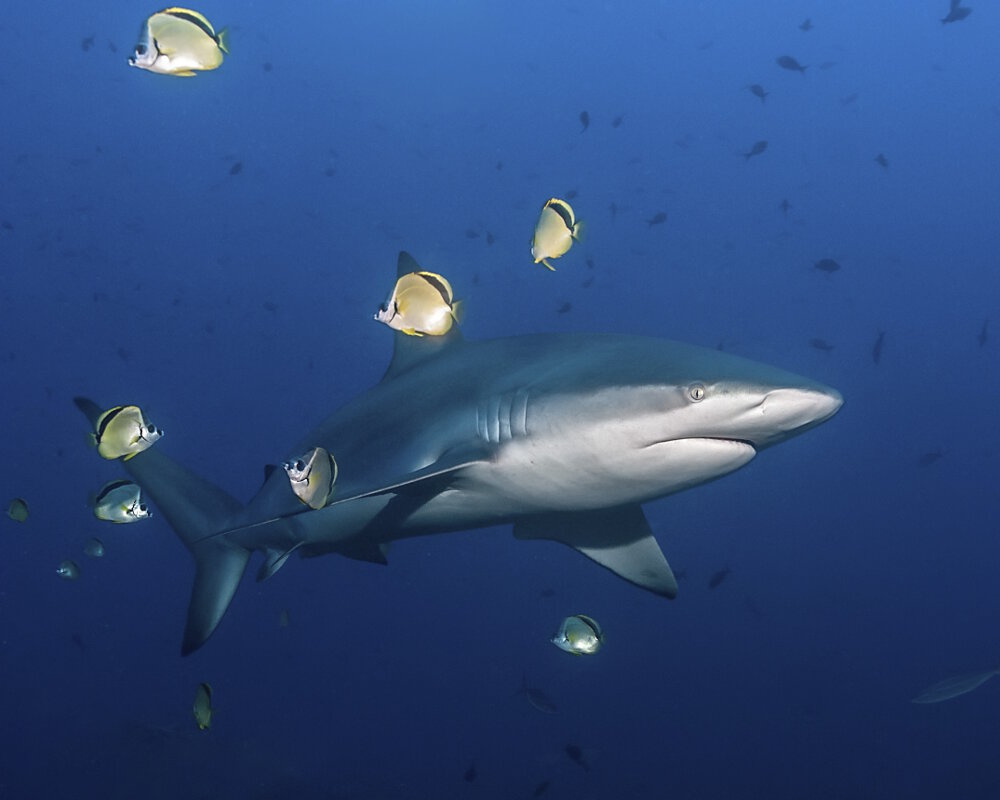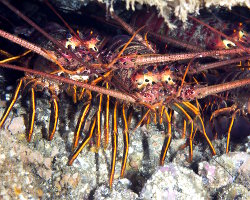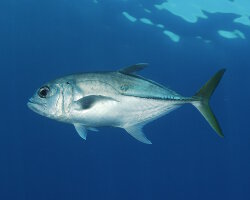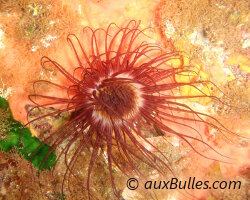Sealife guideThe galapagos sharkCarcharhinus galapagensis
Taxonomy
Description
The Galápagos shark is a large shark species, averaging about 10 feet in length. Its body is streamlined like most reef sharks and its coloration ranges from dark gray to light gray on the dorsal side and whitish on the ventral side.
The Galápagos shark features a tall, rounded first dorsal fin followed by a smaller second dorsal fin. Its caudal fin is asymmetrical with the upper lobe larger than the lower lobe.
The Galápagos shark has a robust upper jaw dentition with broad, triangular teeth effective for catching prey.
Range
These sharks are primarily found in the eastern Pacific ocean, particularly around the Galápagos islands, from which they get their name. They are also present in other regions of the Pacific ocean, such as the west coast of Mexico and the Revillagigedo archipelago.
Habitat
The Galápagos shark is a reef shark that frequents the coastal waters of oceanic islands off Central and South America. It is notably abundant around the
Galápagos islands which gave it its name. However, the Galápagos shark is also widely distributed across the world's seas and oceans in waters near coral reefs or continental slopes.
The Galápagos shark can be found at depths of up to about 920 feet.
Diet
This shark is a nocturnal hunter with a diet that includes a variety of prey such as bottom-dwelling fish, cephalopods including squid and octopuses, and crustaceans.
Reproduction
The Galápagos shark is a viviparous species that typically reaches sexual maturity around 8 to 10 years of age for females and 6 to 8 years for males.
After a gestation period of about a year, the female gives birth to a litter of several baby sharks with the number varying up to around fifteen.
Did you know ?
In the Galápagos National Park Marine Reserve, where three ocean currents converge, more than thirty shark species coexist, including common ones like the Galápagos shark, the
silvertip shark and the
blacktip reef shark as well as iconic species like the
whale shark and the hammerhead shark !
The galapagos shark is listed as many other marine species within The
IUCN Red List of threatened species. The galapagos shark appears in the
IUCN Red List since 2019 within the category Least Concern !
Tips for observing
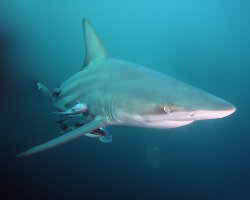
Blacktip shark
(Carcharhinus limbatus)
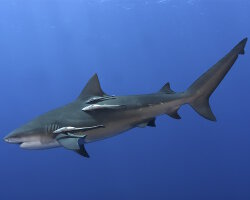
Bull shark
(Carcharhinus leucas)

Copper shark
(Carcharhinus brachyurus)
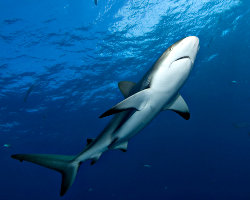
Caribbean reef shark
(Carcharhinus perezi)
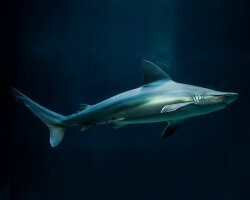
Sandbar shark
(Carcharhinus plumbeus)
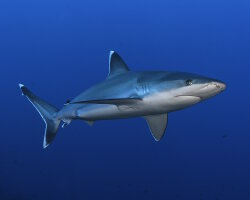
Silvertip shark
(Carcharhinus albimarginatus)
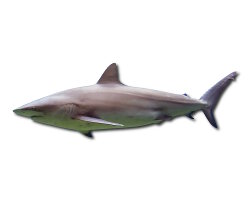
Dusky shark
(Carcharhinus obscurus)
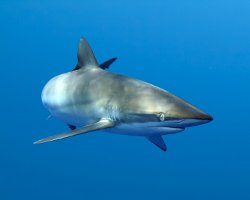
Silky Shark
(Carcharhinus falciformis)
Within the same family
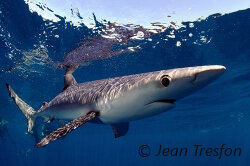
Blue shark
(Prionace glauca)
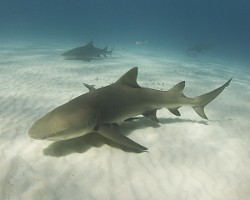
Lemon shark
(Negaprion brevirostris)
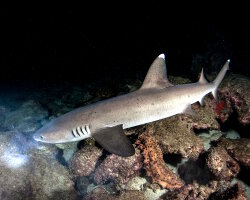
Whitetip reef shark
(Triaenodon obesus)
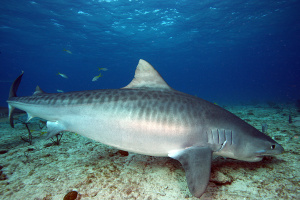
Tiger shark
(Galeocerdo cuvier)
Explore also
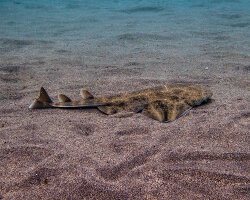
Common angelshark
(Squatina squatina)
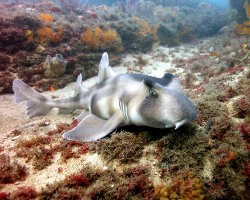
Crested hornshark
(Heterodontus galeatus)
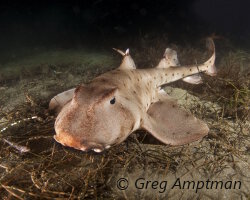
Horn shark
(Heterodontus francisci)
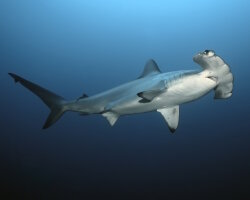
Scalloped hammerhead
(Sphyrna lewini)
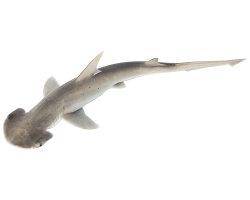
Bonnethead shark
(Sphyrna tiburo)
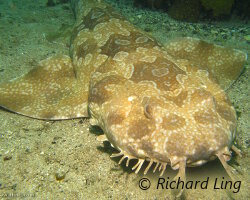
Spotted wobbegong
(Orectolobus maculatus)
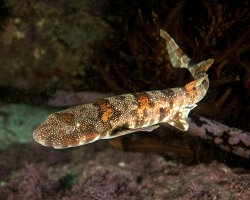
Dark shyshark
(Haploblepharus pictus)
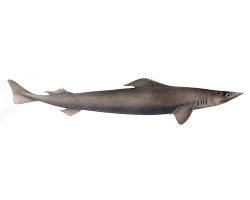
Leafscale gulper shark
(Centrophorus squamosus)
The marine species from Galapagos
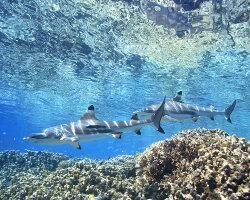
Blacktip reef shark
(Carcharhinus melanopterus)
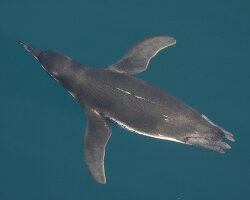
Galapagos penguin
(Spheniscus mendiculus)
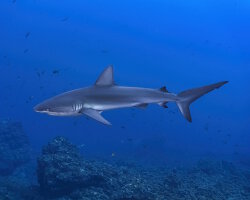
Galapagos shark
(Carcharhinus galapagensis)
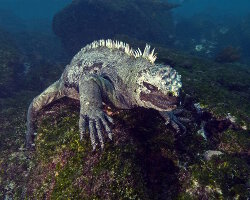
Marine iguana
(Amblyrhynchus cristatus)
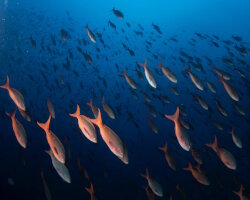
Pacific creolefish
(Cephalopholis colonus)
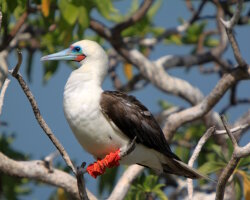
Red-footed booby
(Sula sula)

Scalloped hammerhead
(Sphyrna lewini)

Silvertip shark
(Carcharhinus albimarginatus)
Les destinations de plongée

Galapagos islands










